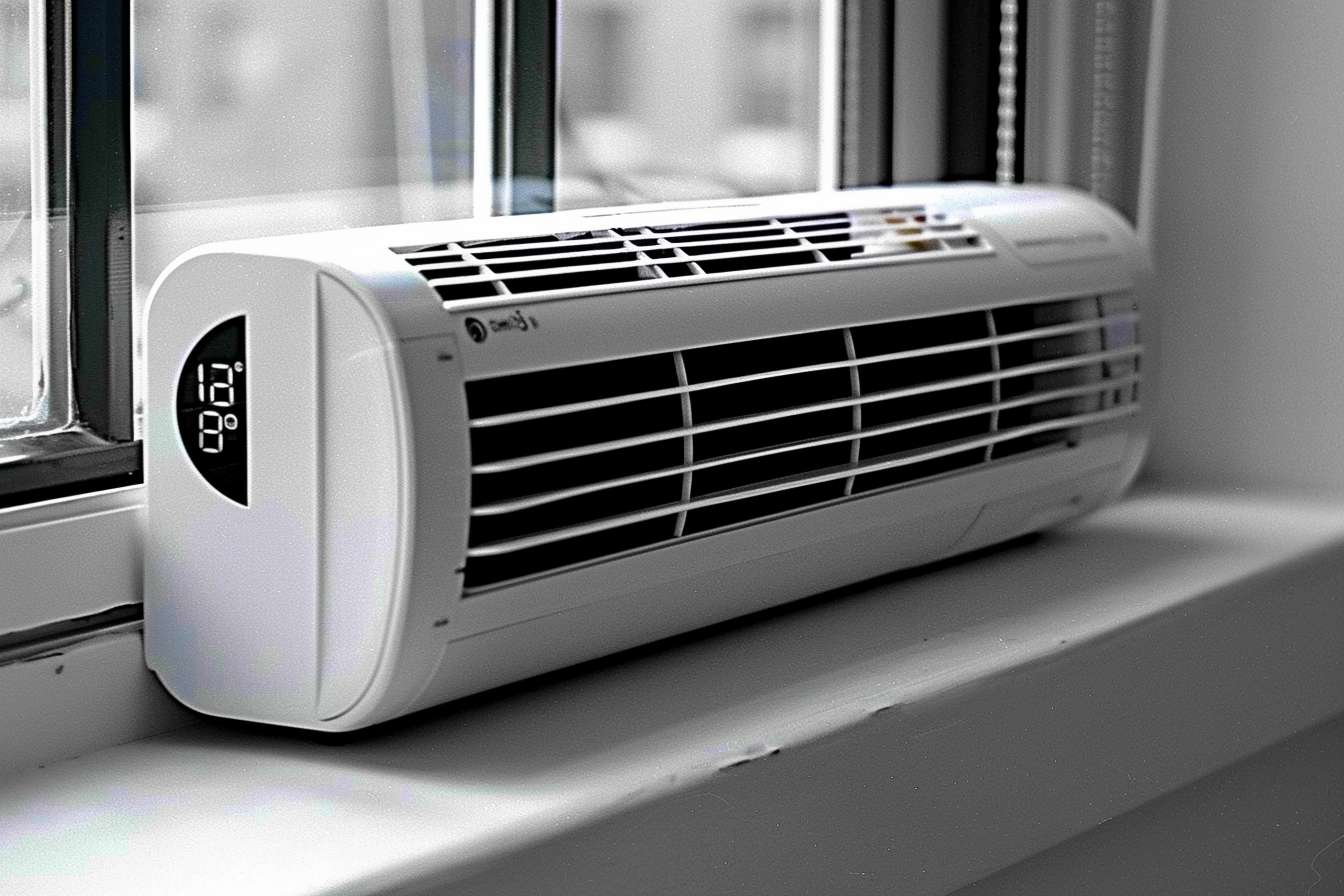The Ergonomic Revolution: Why Choosing the Right Chair Matters
Ergonomic chairs are designed to support posture, reduce strain, and boost comfort for long sitting hours. Ideal for work-from-home setups or office upgrades, they offer lumbar support, adjustable features, and modern designs to protect your spine and focus.

What exactly are ergonomic chairs?
Ergonomic chairs are specially designed to support the human body, particularly the back, arms, and legs, in a posture that minimizes strain and maximizes comfort. Unlike standard chairs, ergonomic models are highly adjustable, allowing users to customize the seat height, backrest angle, armrest position, and more. These chairs are engineered based on ergonomic principles, which focus on creating a workspace that fits the user, rather than forcing the user to fit the workspace.
How do ergonomic chairs differ from traditional office chairs?
The main difference between ergonomic chairs and traditional office chairs lies in their design philosophy and features. Ergonomic chairs are built with adjustability and body support as primary considerations. They typically include:
-
Adjustable lumbar support to maintain the natural curve of the spine
-
Seat depth adjustment to accommodate different leg lengths
-
Multi-directional armrests that can be adjusted for height, width, and angle
-
Headrests to support the neck and upper spine
-
Dynamic backrests that move with the user’s body
In contrast, traditional office chairs often have limited adjustability and may lack crucial features like proper lumbar support or adjustable armrests. While they may be less expensive upfront, they can lead to discomfort and potential health issues over time.
What are the health benefits of using an ergonomic chair?
Choosing an ergonomic chair can have significant positive impacts on your health, especially if you spend long hours sitting. Some key benefits include:
-
Improved posture: Ergonomic chairs encourage proper spine alignment, reducing the risk of developing poor posture habits.
-
Reduced back pain: The lumbar support and adjustable features help alleviate pressure on the lower back, potentially reducing chronic back pain.
-
Enhanced comfort: By distributing body weight evenly and providing support where needed, ergonomic chairs increase overall comfort during extended sitting periods.
-
Increased productivity: When you’re comfortable and pain-free, you’re likely to be more focused and productive in your work.
-
Better blood circulation: Many ergonomic chairs are designed to reduce pressure on the legs and promote better blood flow.
Why should you invest in an ergonomic chair?
Investing in an ergonomic chair is an investment in your health, comfort, and productivity. While the initial cost may be higher than that of a standard office chair, the long-term benefits often outweigh this expense. Consider the following reasons:
-
Prevention of musculoskeletal disorders: Prolonged use of poorly designed chairs can lead to chronic conditions like lower back pain, neck strain, and carpal tunnel syndrome.
-
Customization for individual needs: The high adjustability of ergonomic chairs means they can be tailored to fit a wide range of body types and preferences.
-
Longevity and durability: Quality ergonomic chairs are built to last, often coming with extended warranties and using materials that stand up to daily use.
-
Potential increase in work efficiency: Comfort and proper support can lead to fewer distractions and increased focus during work hours.
How do different ergonomic chair models compare?
When it comes to selecting an ergonomic chair, there are numerous options available in the market. Here’s a comparison of some popular models:
| Model | Key Features | Adjustability | Price Range |
|---|---|---|---|
| Herman Miller Aeron | Breathable mesh, PostureFit SL | High | $1,000 - $1,500 |
| Steelcase Gesture | 3D LiveBack, 360-degree armrests | Very High | $1,000 - $1,400 |
| Autonomous ErgoChair 2 | Breathable mesh, adjustable headrest | Moderate | $350 - $450 |
| SIDIZ T50 | S-curve design, adjustable seat slide | High | $350 - $500 |
| Branch Ergonomic Chair | Lumbar support, 7 points of adjustment | Moderate | $300 - $400 |
Prices, rates, or cost estimates mentioned in this article are based on the latest available information but may change over time. Independent research is advised before making financial decisions.
How can you choose the right ergonomic chair for your needs?
Selecting the ideal ergonomic chair involves considering several factors:
-
Your body type and size: Ensure the chair’s dimensions suit your height and weight.
-
Your work environment: Consider the chair’s aesthetics and how it fits with your workspace.
-
Specific health concerns: If you have existing back or neck issues, look for chairs with enhanced support in those areas.
-
Budget: While it’s worth investing in quality, there are ergonomic options at various price points.
-
Adjustability features: The more adjustable the chair, the better you can customize it to your needs.
-
Trial period: If possible, try out the chair before purchasing or choose a retailer with a good return policy.
In conclusion, ergonomic chairs represent a significant advancement in seating technology, offering numerous benefits over traditional office chairs. By providing customizable support and promoting better posture, these chairs can contribute to improved health, comfort, and productivity. While the initial investment may be higher, the long-term benefits of using an ergonomic chair make it a worthwhile consideration for anyone who spends considerable time sitting, whether at home or in the office.




